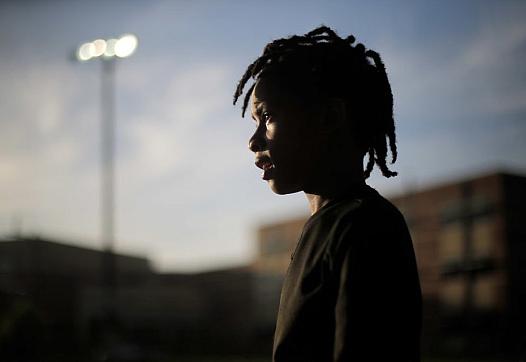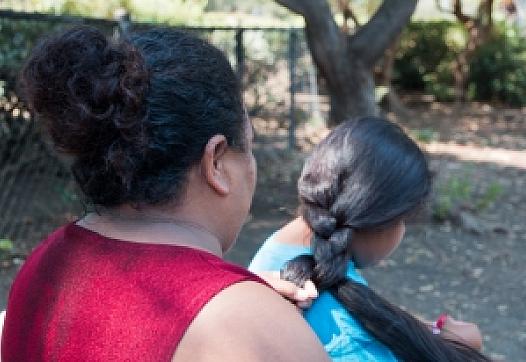
Mental Health & Trauma


This article was produced as a project for the 2017 California Data Fellowship, a program of the USC Annenberg Center for Health Journalism.
![[Photo: Win McNamee/Getty Images]](/sites/default/files/styles/teaser_list_thumbnail_large/public/title_images/unnamed_202.jpg?itok=7cJ_i4ND)
Parental drug use is now responsible for one-third of the children in foster care. A reporting team will explore what happens to babies and parents caught in addiction's grip.
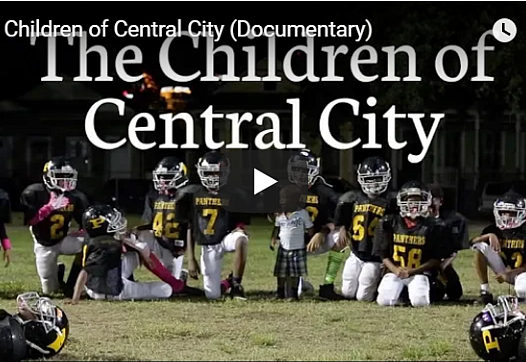
This article was produced as a project for the Dennis A. Hunt Fund for Health Journalism, a program of the USC Annenberg Center for Health Journalism.
![[Photo: City of Minneapolis Archives via Flickr.]](/sites/default/files/styles/teaser_list_thumbnail_large/public/title_images/unnamed_205.jpg?itok=4hHKkJLT)
We're asking distinguished reporters to highlight an issue or story that is either being missed entirely or underreported by the media.
![[Photo by bluesbby via Flickr.]](/sites/default/files/styles/teaser_list_thumbnail_large/public/title_images/unnamed_201.jpg?itok=w22oLLLB)
It was a vexing data riddle: Were opioids leading seniors to commit suicide? Or did they have major health problems that led them to take their lives?
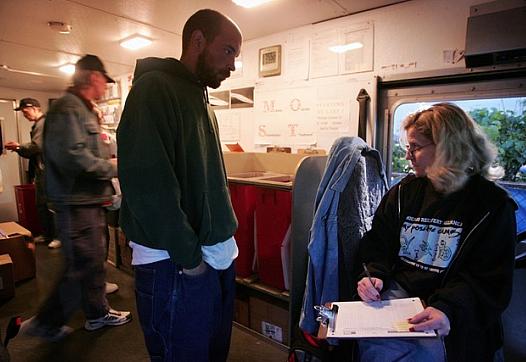
Syringe exchanges and overdose kits aren’t always reaching poor and rural Californians, but advocates of the harm reducation approach are trying to make that happen.
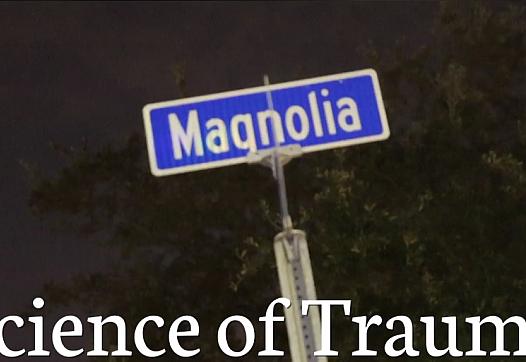
Traumatized children often have difficulties with anger management, impulse control and the processing and retention of information.
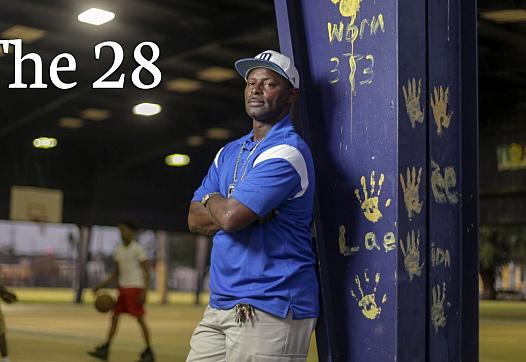
Twenty-eight former Panthers players were killed in a 14-year span in New Orleans. Former coach Jerome Temple is trying to halt the deaths.

